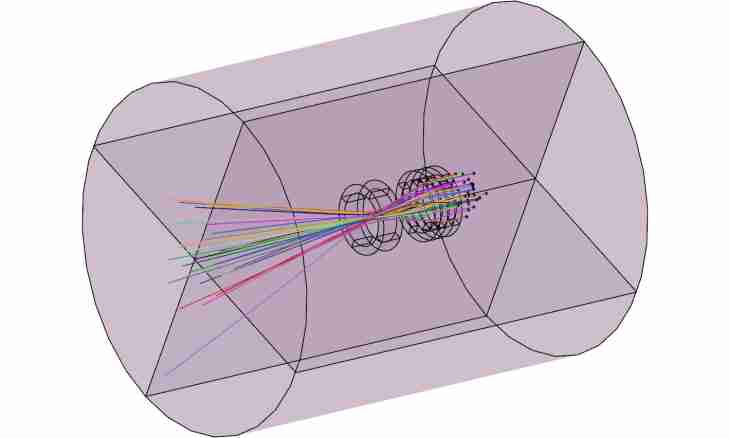Valency is an ability of atom to enter interaction with other atoms, forming with them chemical bonds. In creation of the theory of valency many scientists, first of all, German Kekule and our compatriot Butlerov made a big contribution. Electrons which take part in formation of a chemical bond are called valent.
It is required to you
- Mendeleyev's table.
Instruction
1. Remember the structure of atom. It is similar to our Solar system: in the center the massive kernel ("star") is located, and around it electrons ("planets") rotate. The kernel sizes though in it practically all mass of atom is concentrated, it is insignificant are small in comparison with distance to electronic orbits. What of atom electrons the easiest will enter interactions with electrons of other atoms? It is easy to understand that those which are further everything from a kernel, on an outer electron shell.
2. Look in Mendeleyev's Table. Here, for example, the third Period. Go consistently on elements of the main subgroups. Alkaline metal sodium has one electron which participates in formation of a chemical bond on an outer sheath. Therefore, it odnovalenten.
3. Alkaline-earth metal magnesium has on an outer sheath two electrons, it dvukhvalenten. Amphoteric (that is, showing in the connections as the main, and acid properties) metal aluminum has three electrons and the same valency.
4. Silicon in the connections chetyrekhvalenten. Phosphorus can form various number of communications, and its highest valency is equal to five – as, for example, in a molecule of phosphoric P2O5 anhydride.
5. Sulfur likewise can have different valencies, the highest is equal to six. Similarly chlorine behaves: in a molecule of hydrochloric HCl acid, for example, it odnovalenten, and in a molecule of chloric HClO4 acid – is heptavalent.
6. Therefore remember the rule: the highest valency of the elements which are in the main subgroups is equal to number of group and is defined by number of electrons at the external level.
7. And how to be if the element is not in the main, and secondary subgroup? In this case also d-electrons of the previous subtotal are valent. The full electronic structure is brought in Mendeleyev's table for each element. For example, what highest valency of chrome and manganese? At the external level at chrome 1 electron, on a d-subtotal 5. Therefore, the highest valency – 6, as, for example, in a molecule of chromic CrO3 anhydride. And at manganese on a d-subtotal also 5 electrons, but at the external level-2. Means, its highest valency – 7.
8. You see that chrome is in the 6th group, manganese – in the 7th. Therefore, the above rule works also for elements of secondary subgroups. Remember exceptions of it: Cobalt, Nickel, Palladium, Platinum, Rhodium. Iridium.
